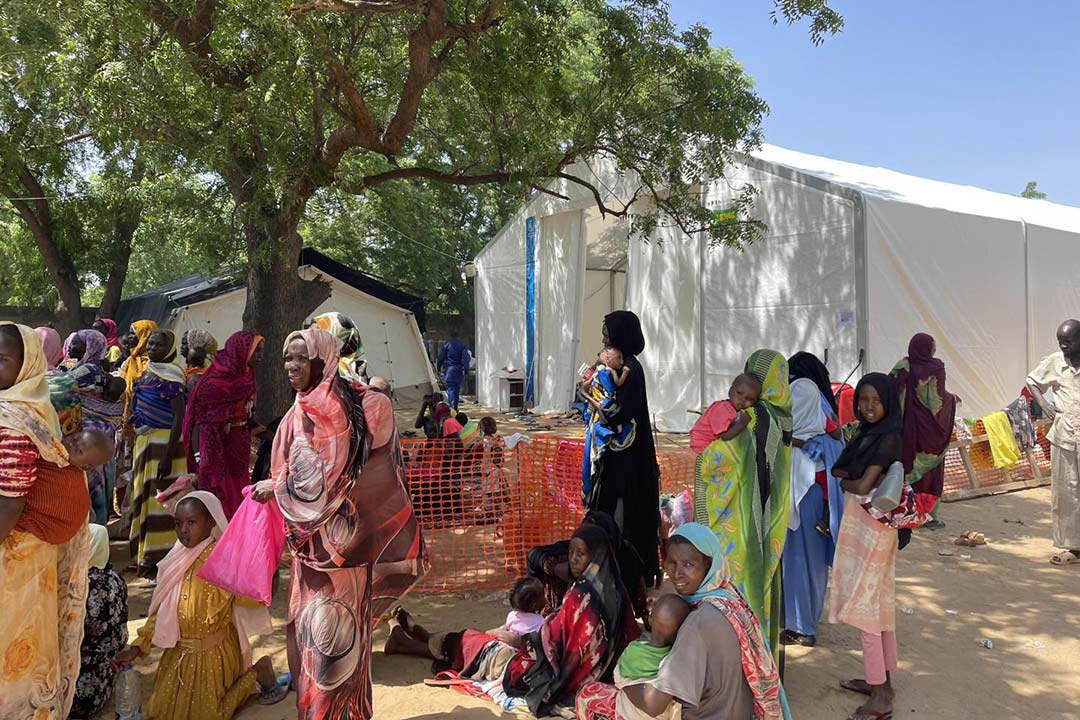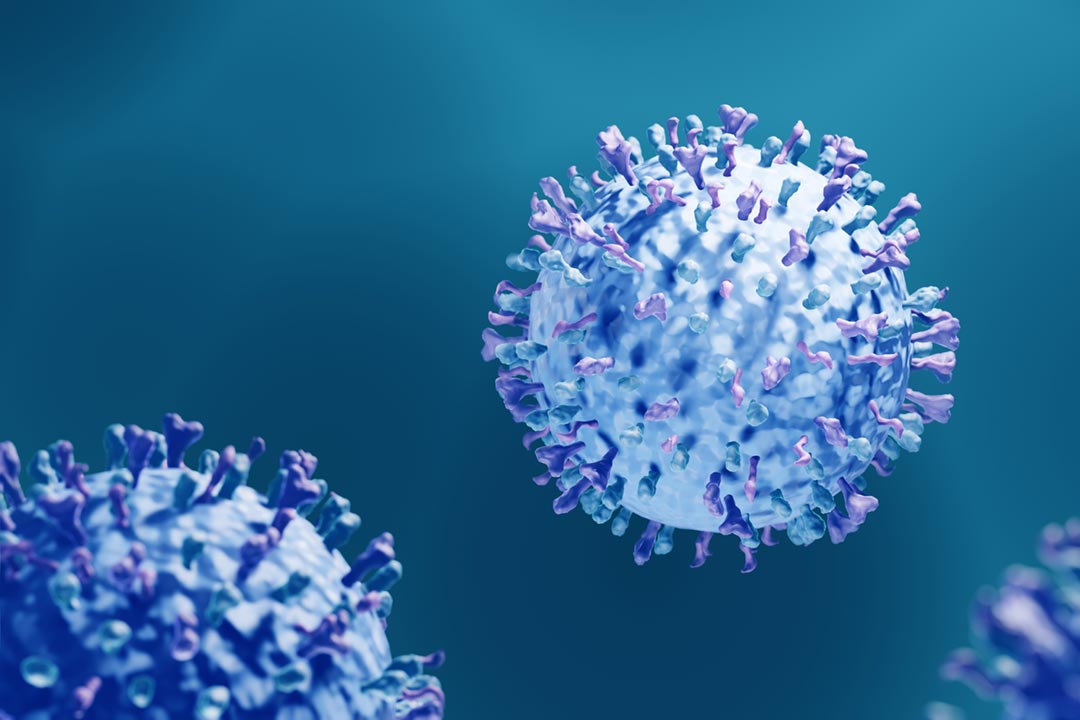Why COVID-19 means Gavi is supporting more countries than ever before
Since 2000, Gavi has been increasing equitable access to vaccines by working with the world’s poorest countries. Yet during a pandemic, more prosperous countries are also at risk of falling through the net. How will Gavi respond?
- 31 July 2020
- 3 min read
- by Ciara McCarthy

At the World Health Assembly in May, countries passed a resolution stating that COVID-19 vaccines should be considered as a “global public good,” with equitable access in all countries across the world. This makes sense not just morally but epidemiologically, because as long as this virus continues to be transmitted at high levels, it will continue to pose a global threat. It is the aim of the COVAX Facility, a mechanism set up by Gavi, the World Health Organization (WHO) and the Coalition for Epidemic Preparedness Innovations (CEPI), that all countries have access to the vaccine, regardless of their capacity or buying power. For Gavi, this will involve offering help to countries that have never before been eligible for its support.
When Gavi was launched in 2000, its aim was to increase access to vaccines in the world’s poorest countries. At that time, over 30 million children still did not receive even the most basic vaccines against diseases such as measles, polio and meningitis, despite these vaccines being readily available in high income countries. The Gavi model was designed to close this gap – and it’s working: coverage with the most basic vaccines has increased by 22 percentage points in Gavi-supported countries in the last two decades.
Yet COVID-19 presents a very different problem; it is not just the world’s poorest countries that may struggle to procure and deliver COVID-19 vaccines once they are available. Even before this crisis, there was growing recognition that some middle-income countries, which had previously been too wealthy to apply for Gavi support, were lagging behind when it came to introducing new vaccines such as those against rotavirus and human papillomavirus (HPV). Previously it has been estimated that by 2030, almost 70% of the world’s under-immunised children will be living in countries that, by that stage, are not expected to be eligible for Gavi support, such as Nigeria, India and the Philippines.
When it comes to COVID-19 vaccines, there will also be countries that may have the resources to run strong immunisation programmes under normal circumstances, but whose capacity to buy and deliver COVID-19 vaccines is now severely hindered due to the shock to the economy and to the healthcare system that the pandemic has caused. In recognition of this, the Gavi Board has agreed to support the purchase of COVID-19 vaccines not just in countries that are currently Gavi eligible, but in all low-income and lower middle-income economies, as well as other economies that are World Bank International Development Association (IDA)-eligible. This includes economies with whom Gavi has never worked before, such as Algeria, Egypt, Fiji, Guyana and Tonga.
Gavi’s current model now helps us vaccinate nearly half of the world’s children and has prevented over 13 million deaths from many deadly diseases. Yet COVID-19 has taken us into unchartered territory, and unsurprisingly this means a different approach is needed. It would not be possible to ensure equitable access to COVID-19 vaccines without widening the net of Gavi support. And making sure no country is left behind is not just a matter of fairness, but of global health security.









